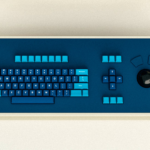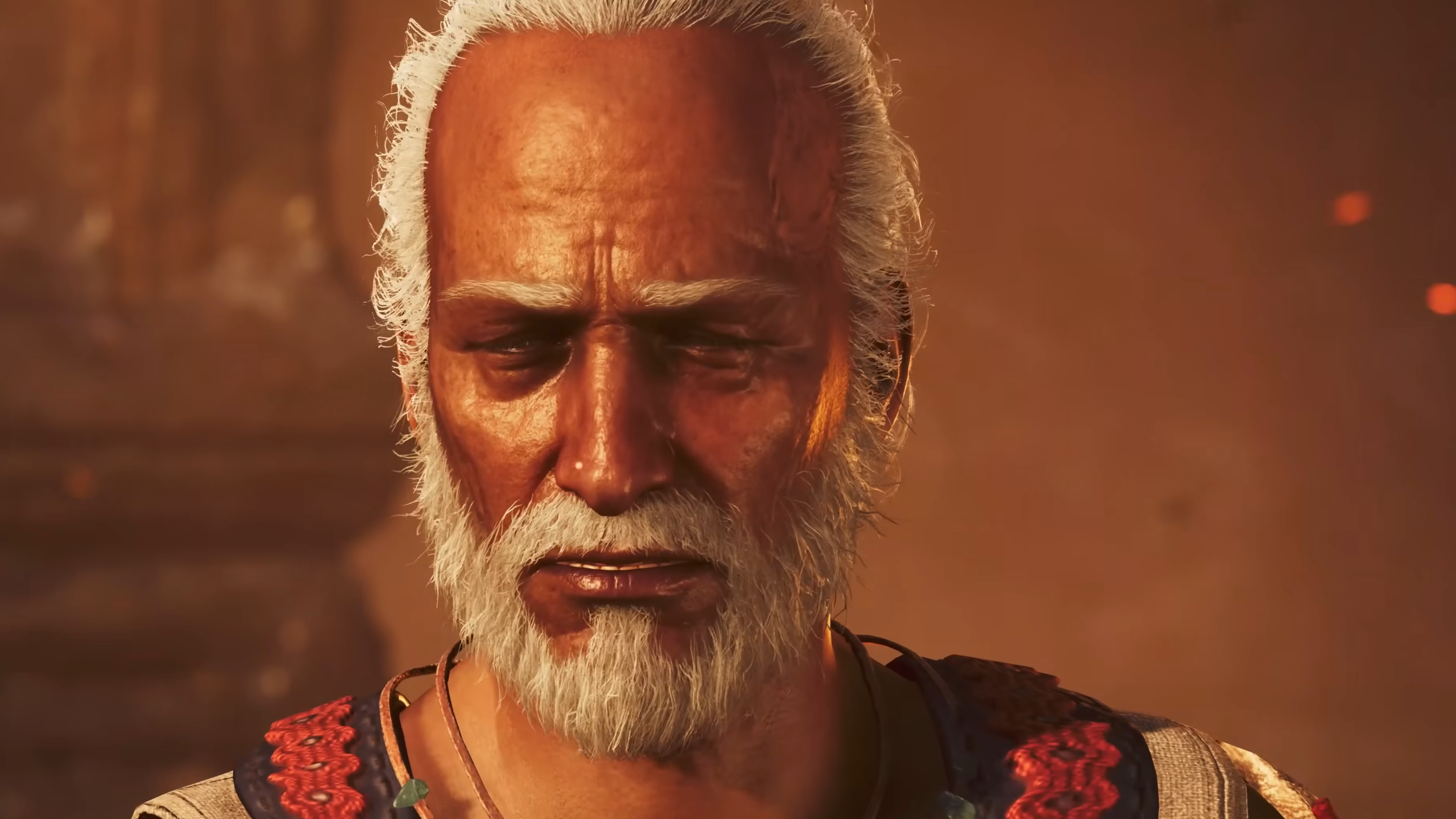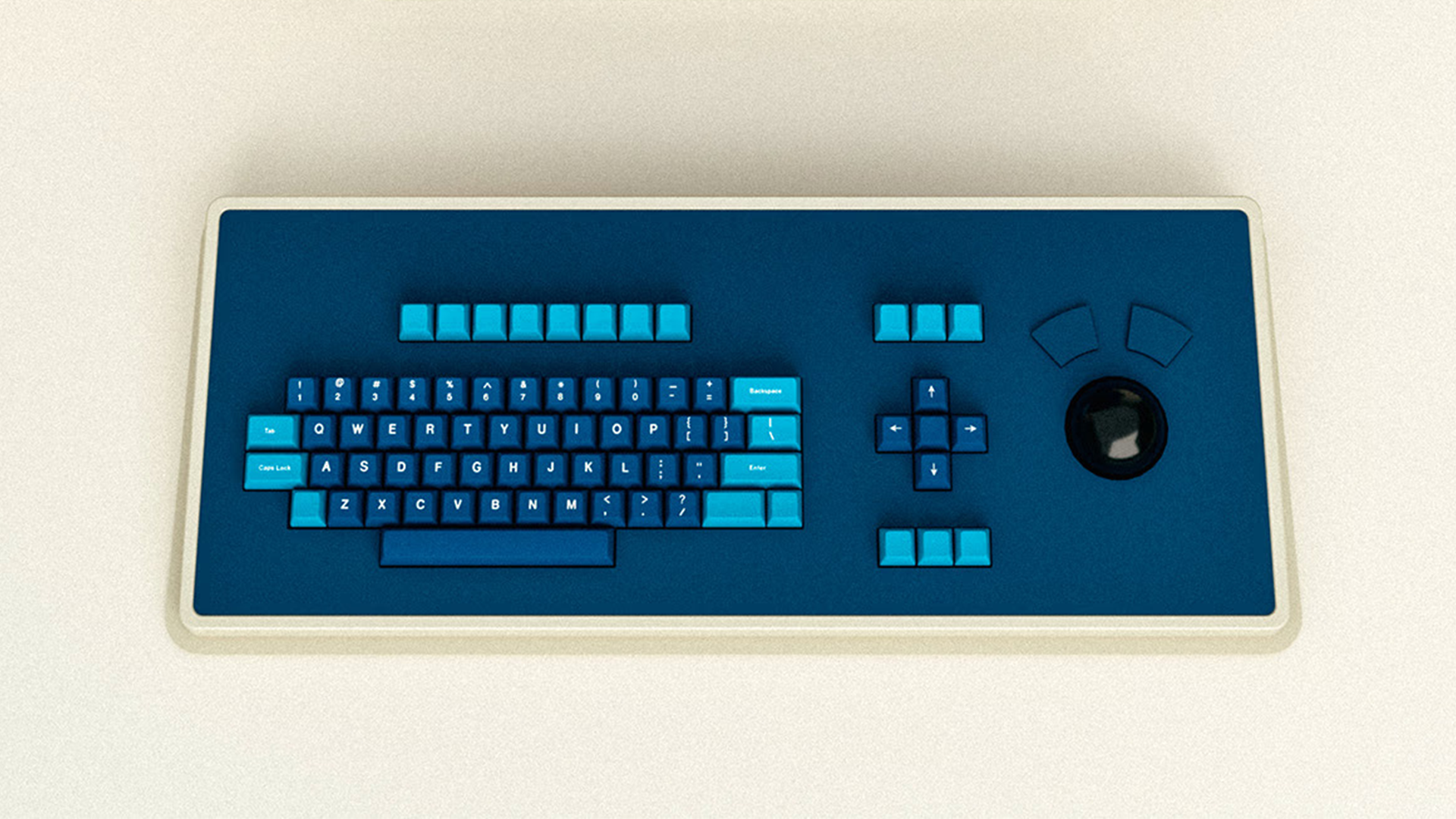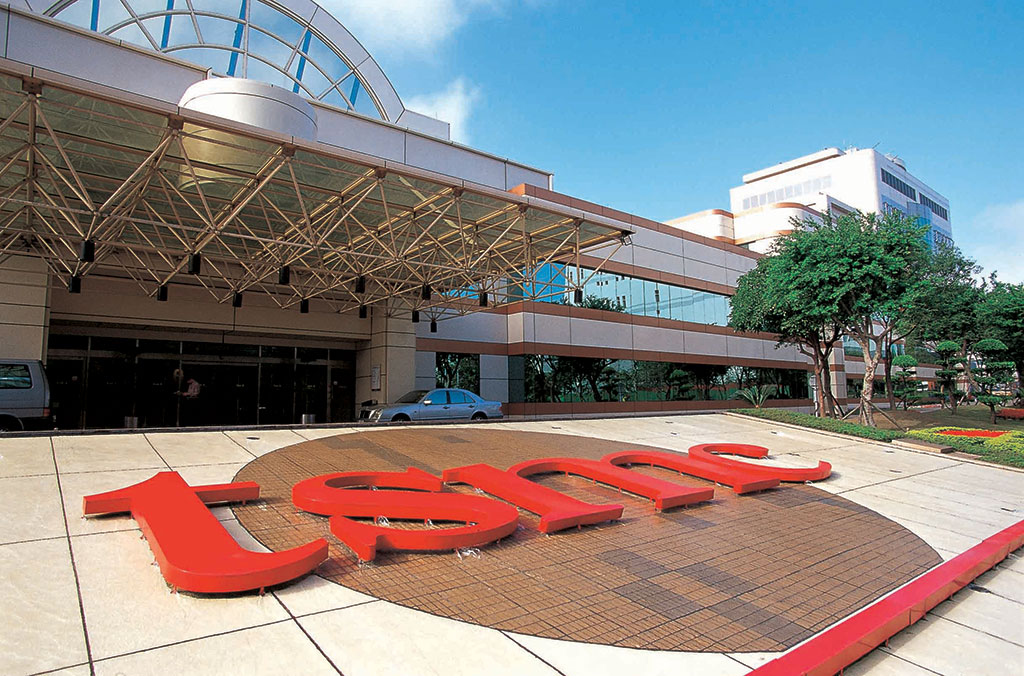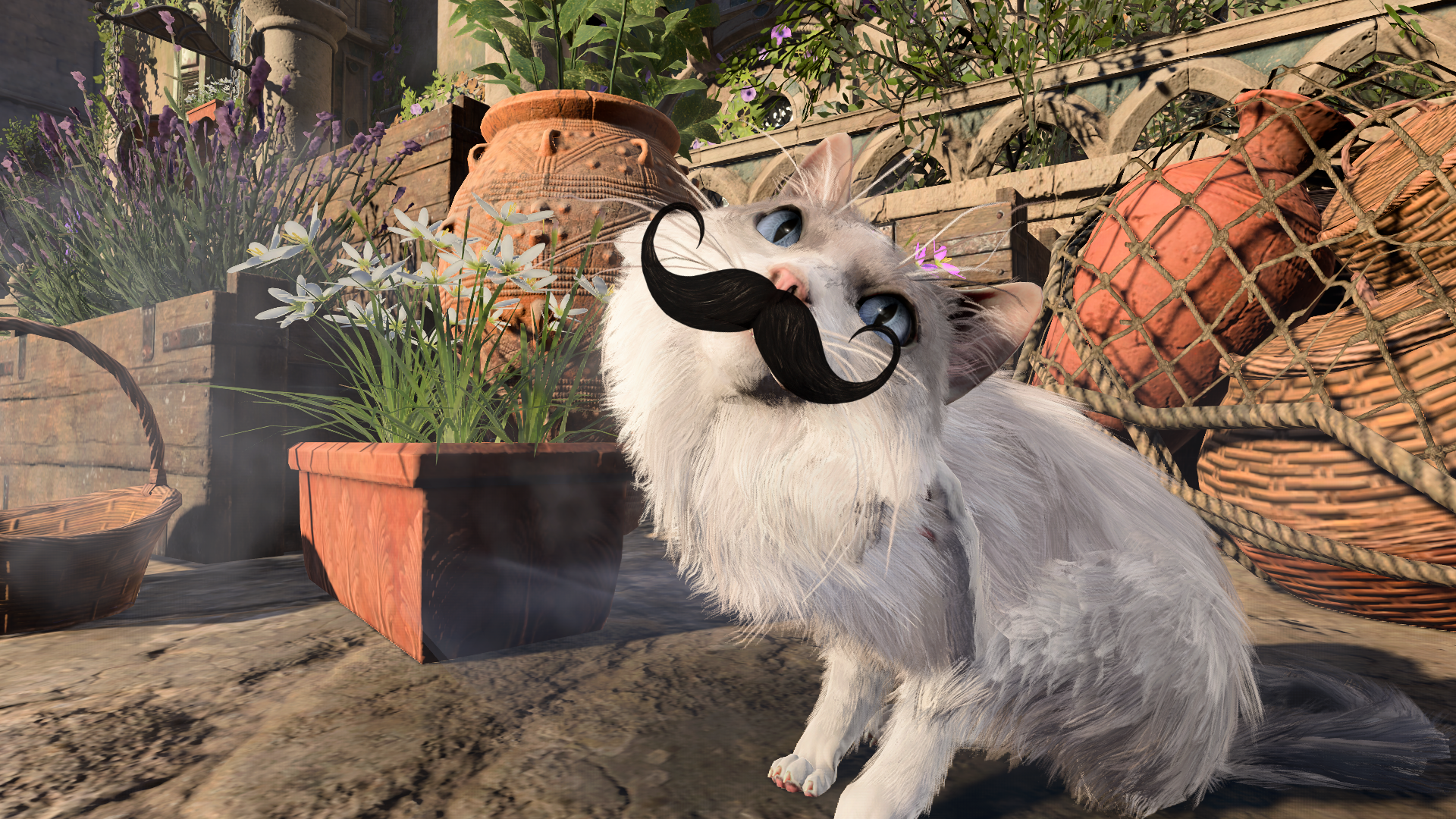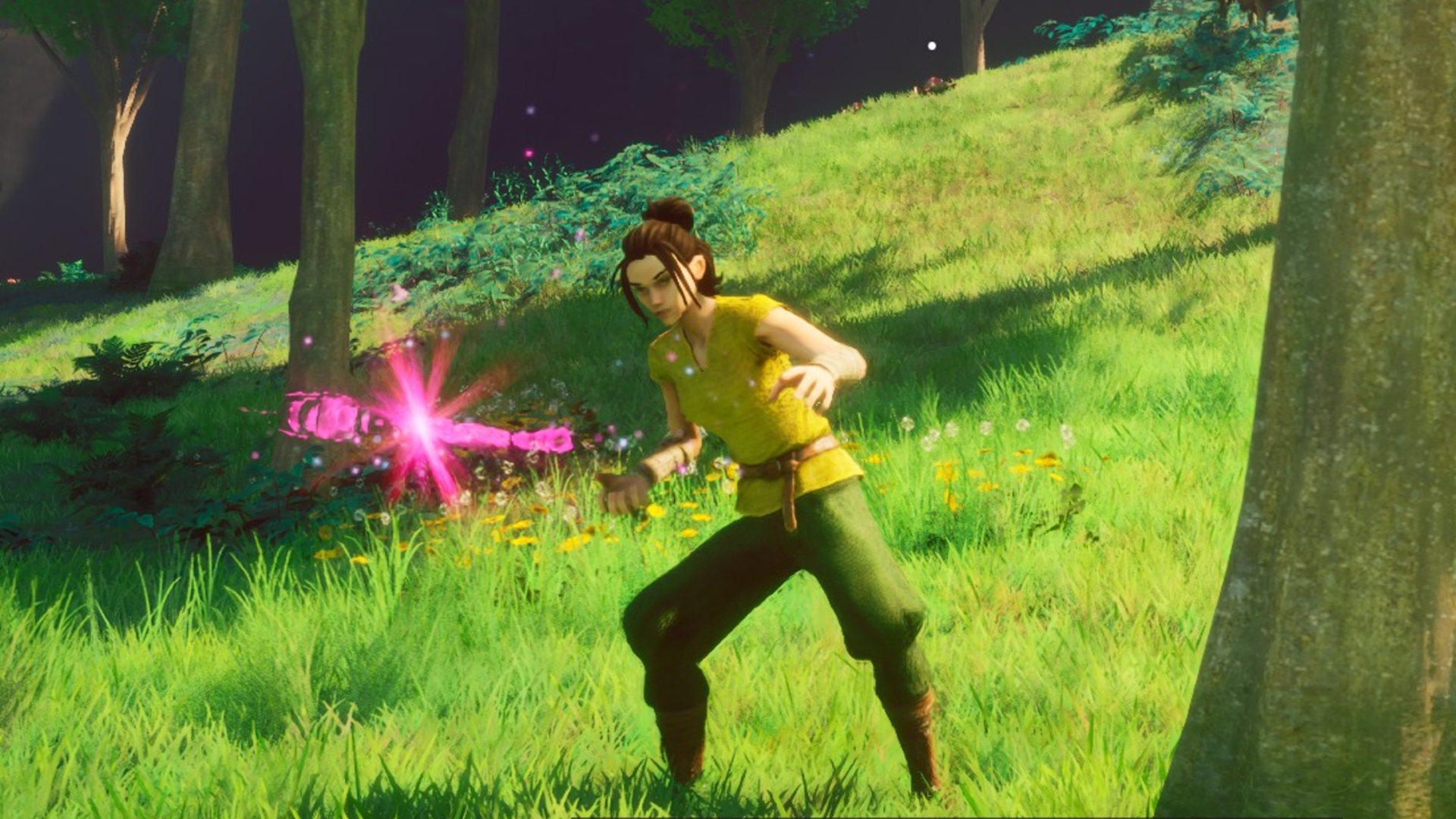Is there a PC gaming experience more universal than poking at graphics settings one at a time, dropping anisotropic filtering and rendering distance from high, to medium, to low, in the forlorn hope of seeing the framerate counter inch over the 60 fps line? I found myself in that familiar spot this afternoon when Capcom released the Monster Hunter Wilds benchmark on Steam. It promises to offer a sense of how well the game will run on our PCs at launch, and made me face the harsh reality that my RTX 3070 isn’t going to let me keep nearly as many of those settings on “high” as I’d like. Painful choices lie ahead.
I’ll admit I’m hoping for a lot from a four-year-old graphics card that has only 8GB of VRAM (which was stingy then, and feels particularly stingy now!); I use a 1440p monitor, and that resolution isn’t compatible with running many cutting edge games at 60 fps without some settings dropped right down to the floor.
Enter DLSS, hopefully my saviour. On Wilds’ default high settings with DLSS set to Balanced, I got a respectable 54.43 fps average; sounds good on the surface, but that average number is close to meaningless for a benchmark that runs as long as this one does. Some scenes in the benchmark are significantly less demanding, sending the framerate up into the 70s and 80s; but when the weather effects and complex monster animations start popping off in large, detailed environments, it drops a whole lot lower than 54 frames per second.
So I started tinkering. I turned down texture quality and gave up some fur fuzziness and made the sky a little bit uglier and sacrificed rendering distance, even though it pained me for a game that’s all about the sweeping plains and wide-open deserts… but doing all that at least brought my average fps up by a whole… two! It looked like I was going to need to sacrifice on image quality and use DLSS Performance, or else pinch my nose and really turn down some signifcant settings to low.
There was one other option, though: using DLSS Swapper to switch to the new DLSS 4 upscaler. The Monster Hunter benchmark was using the older 3.7.10, and early impressions have pointed to DLSS 4’s Performance mode looking as good or better as the older Balanced setting. So I swapped it out with a couple clicks in DLSS Swapper, reapplied my same graphical compromises, and was rewarded with an average of 64.24 frames per second. Now we’re talkin’!
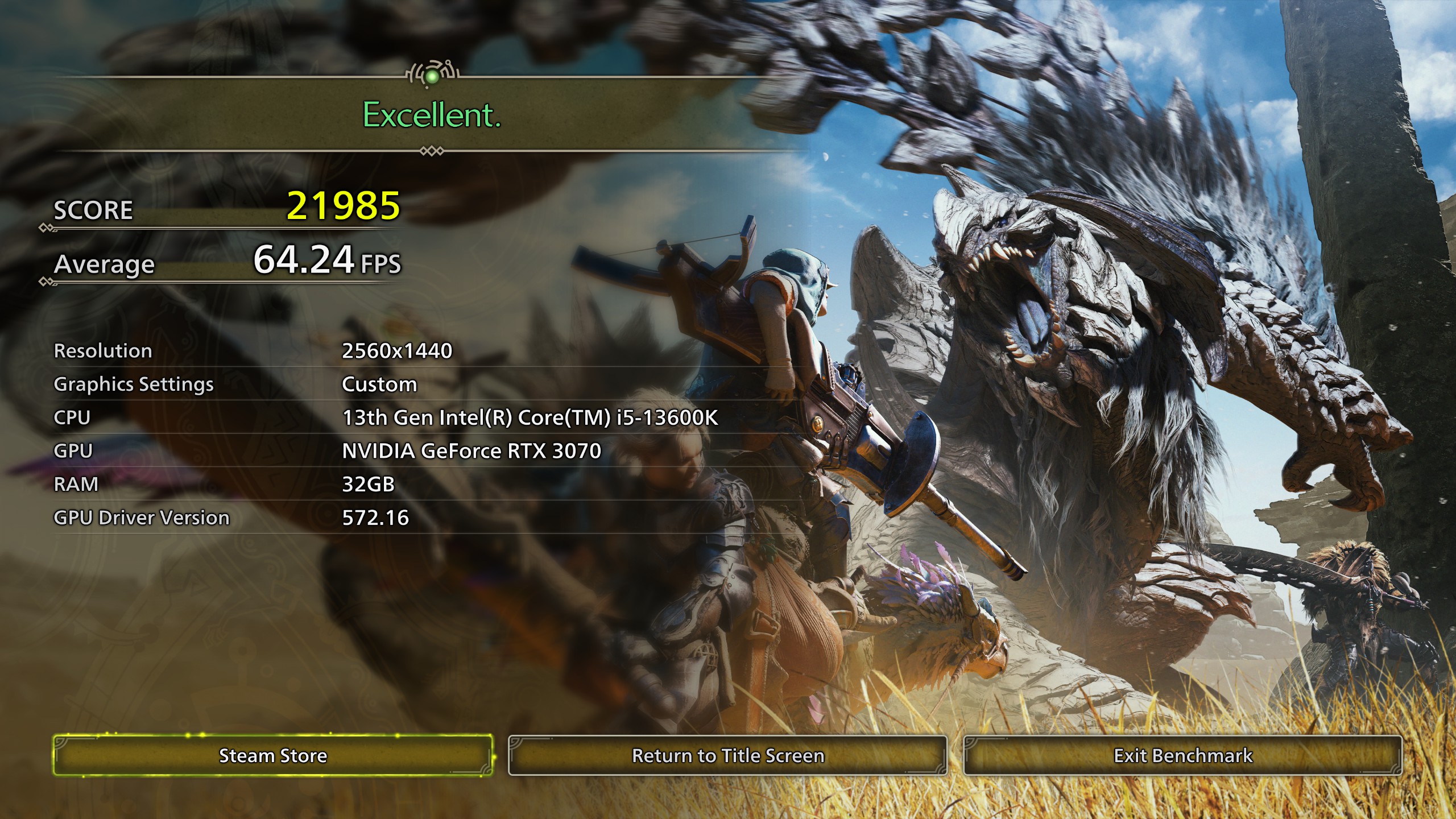
Except, well, that’s still an average of a very long benchmark, and even DLSS 4 Performance (which did look impressively clean to my eye) couldn’t stop Wilds from dipping down to around 50 fps when the dramatic weather effects kicked off. It feels like I found a compromise I can live with, even if I’m sad to see 60 fps slip out of reach for my RTX 3070 unless I make some more dramatic sacrifices.
Ray tracing isn’t even on the table, and I’m worried that in a real fight in the middle of a storm I’m going to see even lower frames than this controlled benchmark lets on. I think Capcom may be instigating more questions than it is offering reassuring answers by putting this in the hands of PC players a few weeks ahead of launch. But it does at least seem to indicate we’re not looking at disastrous performance on day one.
Our hardware team will have much, much more to say about Monster Hunter Wilds’ PC performance when we get our hands on the full game.


